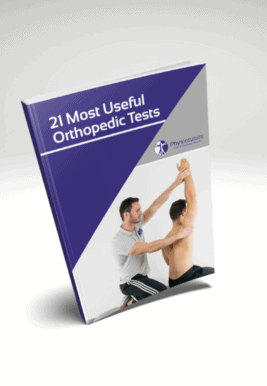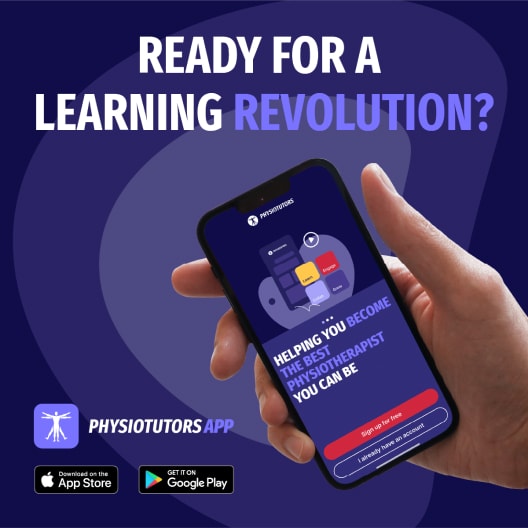Learn
Straight Leg Raise Test (SLR) for Lumbar Radicular Syndrome
The straight leg raise test is one of the most commonly known orthopedic examination tests used in the assessment of lumbar radicular syndrome. What constitutes a positive test varies significantly within the literature, where some authors compare the angle of passive hip flexion between the affected and unaffected limb, and others describe the reproduction of the patient’s familiar leg pain as a positive outcome. To this day there is no consensus on normative hip flexion values for the test. Reporting the outcome as reproduction of the patient’s familiar leg pain, which is a hallmark sign of lumbar radicular pain, makes more sense from a pathoanatomical point-of-view with the test’s aim to tension the sciatic nerve to elicit such symptoms.
A Cochrane review by van der Windt et al in 2010 and a systematic review from Scaia et al in 2012 report overall higher sensitivity than specificity for the test when compared to surgical findings of a lumbar disc herniation reaching negative likelihood ratios down to 0.27. Pretty much all primary studies have some sort of bias and “the reproduction of pain” was also not matched to the patient’s current symptoms in many of the studies. So, what can be said is that the test has no diagnostic value in confirming lumbar radicular pain due to lumbar disc herniation but may have at least moderate clinical value in excluding its presence.
To conduct the test, the patient lies in supine position flat on the bench. Standing on the affected side, you’ll grab a hold of the patient’s leg in a way that you ensure full knee extension during the test. Then, slowly lift up the leg to induce hip flexion while maintaining full knee extension and carefully observe the patient’s reaction.
Again, the test is considered positive if the patient’s familiar pain shooting down the leg is reproduced. As the aim of the test is to place tension on the sciatic nerve, step-wise modifications can be used to evaluate symptom reproduction. For example, including the addition of ankle dorsiflexion at a point of discomfort to amplify symptoms or asking the patient to flex the neck to increase symptom response.
Wrapping up, a special test is only as good as your clinical reasoning and the results have to be evaluated within the entire clinical picture.
Other common tests for lumbar radicular syndrome are:
- Crossed Straight Leg Raise Test (more specific)
- Prone Knee Bending Test (L2-L4)
- Bowstring Test
- Slump Test
21 OF THE MOST USEFUL ORTHOPAEDIC TESTS IN CLINICAL PRACTICE

References
Like what you’re learning?
BUY THE FULL PHYSIOTUTORS ASSESSMENT BOOK
- 600+ Pages e-Book
- Interactive Content (Direct Video Demonstration, PubMed articles)
- Statistical Values for all Special Tests from the latest research
- Available in 🇬🇧 🇩🇪 🇫🇷 🇪🇸 🇮🇹 🇵🇹 🇹🇷
- And much more!








